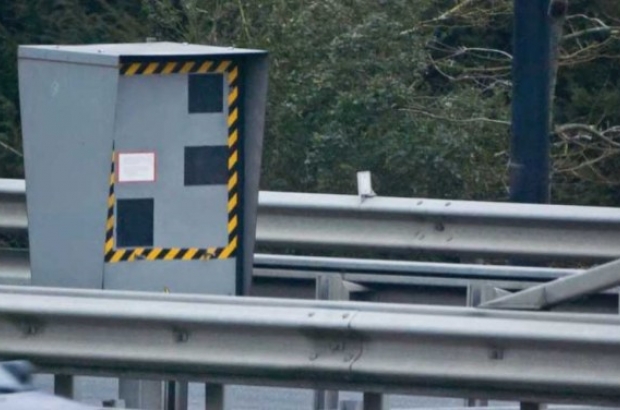- Daily & Weekly newsletters
- Buy & download The Bulletin
- Comment on our articles
Today's Top Stories - August 13, 2012
More than 100,000 Belgians ‘flashed’ by speed radars in France
Speeding fines are beginning to arrive for the 100,000 Belgian motorists caught on speed radars in France since June 30. Since 2005 there has been a European directive that fines for driving offences committed abroad are sent to motorist’s home address with the collaboration of local courts. Up to now it hasn’t been applied, although that will change in November 2013. But Belgium and France have a bilateral agreement and have been exchanging electronic identity information since June 30. Between July 1 and 31 47,000 Belgian drivers were caught speeding in France with the figure rising to 100,000 by August 10 because of the heavy holiday traffic. Fines are sent within three to four weeks following the offence. If left unpaid, offended could be contacted by the local prosecution service.

Check-out at Stib from the autumn
The Brussels transport network Stib plans to test its new check-out system from this autumn. The exact date has yet to be confirmed. Passengers will have to validate their Mobib card when leaving city metro stations. A Stib spokesman reassured users that their Mobib card would not need to be changed. “We are simply changing the software,” he said. At the moment 52 of the 69 metro stations are equipped with special exit doors; Erasme, Gare du Nord (partially) and Roi Baudouin will be ready in 2013. The company also confirmed that it had dropped its project to reinforce its existing bus fleet by acquiring 20 second-hand vehicles.

Rise in airport traffic in July
More than 2 million passengers used Brussels Airport in July, a rise of 1 percent compared to 2011. It was the second time in 10 years that the airport at Zaventem received more than 2million passengers. However, the number of aircraft taking off and landing at the airport dropped by 2.5 percent in July, a trend that has been increasing over the past decade. The rise in passenger numbers is due to larger aircraft and improved occupancy. Brussels South Airport (Charleroi) reported almost 700,000 passengers for the month of July, a rise of 17 percent compared to July 2011.

Belgacom launches ‘I am OK’ phone app
Belgacom is launching a new mobile phone application that reassures families and friends in an emergency when networks can be saturated. The Belgian telecom company hopes to spread its free application ‘I am OK’, already available on Android smartphones via Google Play, to iPhones via Apple AppStores in time for the next Pukkelpop music festival, August 16-18. The freak storm at last summer’s festival resulted in five deaths and festival-goers relied on their mobile phones to contact loved ones. The app would enable the operator to prioritise traffic in case of an emergency and avoid the network closing down as SMS traffic is a lighter burden. Belgacom said the user would push one button on a smartphone that would send a single SMS to a predefined list of people as well as Facebook and Twitter accounts. The app would also provide the GPS co-ordinates of the user. By the end of 2012, the application ‘I am Not OK’ would also be available and could broadcast the type of assistance needed. The two apps would be available to all network users, not only Proximus, although Belgacom would invoice other operators.

A 30 million year albatross discovered in Brussels
Albatross bones from the Institute Royal des Sciences Naturelles de Belgique in Brussels are the oldest proof that the mythological bird was present in the North Sea region. The remains were part of a century-old collection that had never before been studied. The remains were discovered more than 100 years ago in a clay quarry near Antwerp. Scientists from the Brussels institute and Senckenberg Forschungsinstitut and Naturmuseum in Frankfurt published their findings in the ornithological review The Auk. Their work is the oldest proof that the largest of flying birds was present in Europe. Today, it is more likely to be found in the seas of the Southern Hemisphere.









